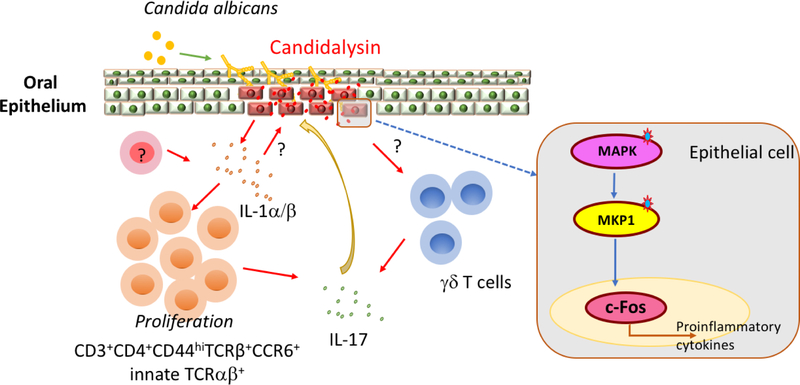Figure 1. Candidalysin drives innate Type-17 response to oral Candidiasis.
C. albicans switches from yeast to hyphal form upon adhesion to host cells in the oral mucosa. At the invasive hyphal stage, Candidalysin is secreted by invasive hyphae and triggers epithelial cell damage through the activation of a MAPK phosphatase MKP1/c-Fos dependent danger response. Candidalysin-induced oral epithelial damage leads to the production of IL-1α/β from epithelial cells and/or other unidentified cells types. IL-1α/β further drives innate TCRαβ+ cells expansion and IL-17 production, possibly by both innate TCRαβ+ and γδ T. IL-17 and Candidalysin synergistically amplify the danger responses, inducing IL-1α/β and other inflammatory mediators. This positive feedback-loop, linking pro-inflammatory cytokines with fungal virulence factor, is essential for the establishment of a protective innate response to oral candidiasis.

